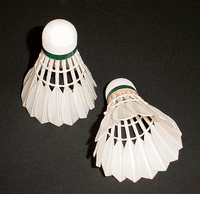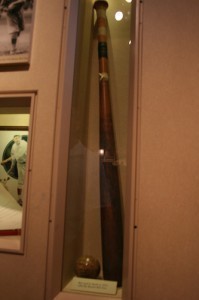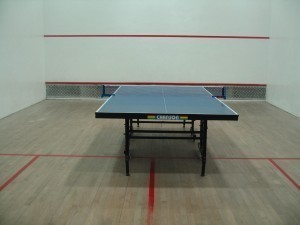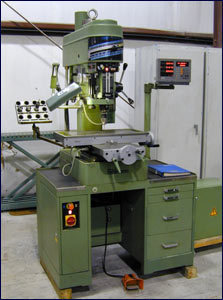Gymnastic Uneven Bars Height
Also called the asymmetric bars, the uneven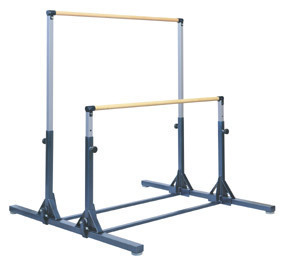 bars is an apparatus used in artistic gymnastics. The frame is made up of steel, while fiberglass is used as the primary material for the bars. The bars are equipped with wood coating. For the sake of scoring in gymnastics, this event is represented by the English abbreviation AB or UB. In addition to these significant facts, there are more to learn about this important gymnastics apparatus including the height of the uneven bars in gymnastics.
bars is an apparatus used in artistic gymnastics. The frame is made up of steel, while fiberglass is used as the primary material for the bars. The bars are equipped with wood coating. For the sake of scoring in gymnastics, this event is represented by the English abbreviation AB or UB. In addition to these significant facts, there are more to learn about this important gymnastics apparatus including the height of the uneven bars in gymnastics.
The Height of the Uneven Bars in Gymnastics
The Federation Internationale de Gymnastique has published the standard measurements of the uneven bars in gymnastics. The rules and other fundamental aspects of the sport are published in the brochure entitled “Apparatus Norms.” It states that the height of the upper bar must be 7 feet and 9 inches or 241 centimeters, which must include approximately 30 centimeters for landing mats. Meanwhile, the lower bar must have a height of 5 feet and 3 inches or 161 centimeters.
A standard bar must have a diameter of 4 centimeters. In terms of length, each of the two bars must measure 7 feet and 9 inches or 241 centimeters. It is also very important to set the proper diagonal distance between the two bars. The distance must range from 4 feet and 3 inches or 130 centimeters to 5 feet and 9 inches or 180 centimeters.
Additional Facts and Other Important Details
To compete in this sport, competitors must follow certain routines, which vary depending on their creativity and different capabilities. In international events, a routine must include an element of flight performed on the same bar, an element of flight from the high bar to the low bar and an element of flight from the low bar to the high bar. Gymnasts must also perform at least a couple of different grills, plus an element called the close bar circle.
Aside from these, a standard routine should include a non-flight element with just a simple turn on the bar. One example of this kind of maneuver is the turning handstands. Lastly, it is very important for any player to end a performance with a smooth and graceful dismount.
The criteria for judging every routine include composition, technique and difficulty. Aside from these aspects, it is also very important to take note on form. However, points can be deducted from players if they commit certain mistakes such as empty swings, pauses and falls. Gymnasts are allowed to use hand guards or grips.
